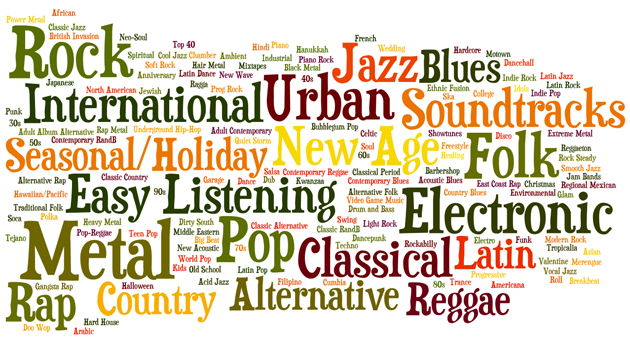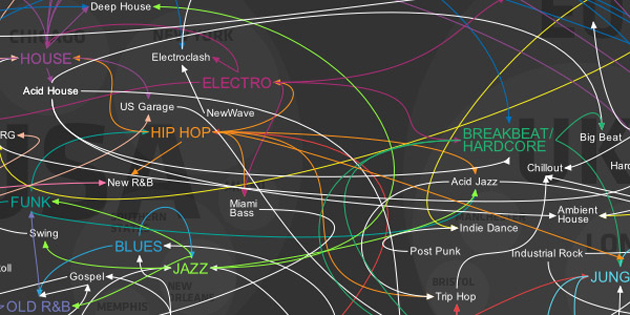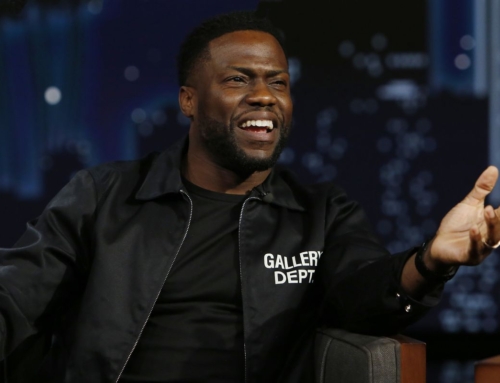 Electronic Dance Music (EDM) has a broad history that speaks to musical art forms across the world and increased technological abilities that encourage creative experimentation. From ambient to jungle to deep electro, there are nearly as many genres of EDM as there are countries on the map! Everyone has an opinion on what’s what, and nobody enjoys everything on the menu. But when it comes to EDM, chance has it you’ll find something you like.
Electronic Dance Music (EDM) has a broad history that speaks to musical art forms across the world and increased technological abilities that encourage creative experimentation. From ambient to jungle to deep electro, there are nearly as many genres of EDM as there are countries on the map! Everyone has an opinion on what’s what, and nobody enjoys everything on the menu. But when it comes to EDM, chance has it you’ll find something you like.
The main genres of EDM are house, trance, techno, breakbeat (which includes jungle, drum ‘n’ bass and dubstep) and downtempo. All electronic music finds its deepest roots in the experimental recording projects of artists during the 1950s and ‘60s, who called their work musique concrete. These artists captured the sounds of the world around them – industry, machinery, nature and noise, all seemingly unrelated to “real” music. Unknowingly, they embarked on a journey of sound that would change the future path of music as we know it.
House music is by far the most well-known and popular type of EDM. Warm, simple, soulful and geared to get your body moving, house is the best party music, played in clubs worldwide. With a basic 4/4 bass drum beat and a mix of other synthesized rhythms and repetitions, house music originated with disco and dub in the 1970s. It branched out into new wave, rave, funk and europop, among others. Most current pop hits and top 40 hits mix elements of modern rock with house to provide those catchy beats.

Trance is another extremely popular type of EDM. Known for its repetitive, rhythmic, almost meditative qualities, trance music is meant to draw the dancer into a reflective emotional journey. Trance possesses the ability to make you feel something big, whether it’s sadness or happiness. This genre has met with a lot of experimentation, from synthpop to psychedelic trance to dreamy eurotrance. Hard trance is not meant for everyone – it delves into dark, industrial styling that feels cold and soulless to some. Currently, there exists a main divide between vocal and non-vocal trance, with the more popular tracks usually possessing lyrical elements.
Techno music derived largely from the city of Detroit, where young musicians combined elements of house music and electro with a dystopian vision of society. Generally fast, repetitive and hard with a 4/4 beat, the style found its roots in the early productions of EDM pioneers Kraftwerk, which were mingled with African-American funk rhythms. Along with house, techno provided the first inspirations for rave music and led to much experimentation with minimalism and deep industrialism.
Breakbeat is an enormous EDM genre and the source of basically all forms of hip hop, rap, electro, jungle, drum ‘n’ bass and dubstep. The main difference between breakbeat and other forms of EDM is that breakbeat relinquishes the simple 4/4 bass beat in favour of a syncopated or irregular rhythm. Highly engaging and danceable, breakbeat is by far the most commercially successful category of EDM. Its playfulness comes from the broad use of sampling, deep bass reverberation and jacked-up reggae beats, broken with clever drum breaks (the most notable being the “Amen break” from the Winston Brothers’ 1969 recording of “Amen, Brother”).
Downtempo is another of the broader genres of EDM, encompassing everything from ambient and acid jazz to new age, synthpop and trip hop. Basically, downtempo sums up the kind of music that’s played in the background, in elevators and generally to set a nice mood. Some artists stick to experimentation, getting into sound collage and “intelligent dance music” – others move into the realm of dream pop. To get a sense of the top musicians making downtempo, you have to decide which area of the genre to explore first. Some common names are Amon Tobin, Nightmares on Wax, Portishead and Young Galaxy.
Top DJs playing house and progressive house are David Guetta, Daft Punk, Avicii, Axwell and Steve Angello. Favourite trance DJs are Tiesto, Armin Van Buuren, Paul Van Dyk, ATB and Above & Beyond. Popular techno DJs are Umek, Richie Hawtin, John Digweed, Sven Vath and Paul Kalkbrenner. Top drum ‘n’ bass DJs include Nero, Pendulum, Chase & Status, Noisia and Skream, while the best dubstep DJs are Skrillex, Blend, Rusko and Bassnectar.
Want to know more about these artists? Check out their profiles at http://thedjlist.com/ along with bios, tracks, mixes, photos and links to their websites and tour schedules. You can also check out their youtube channels or search them on Wikipedia.





